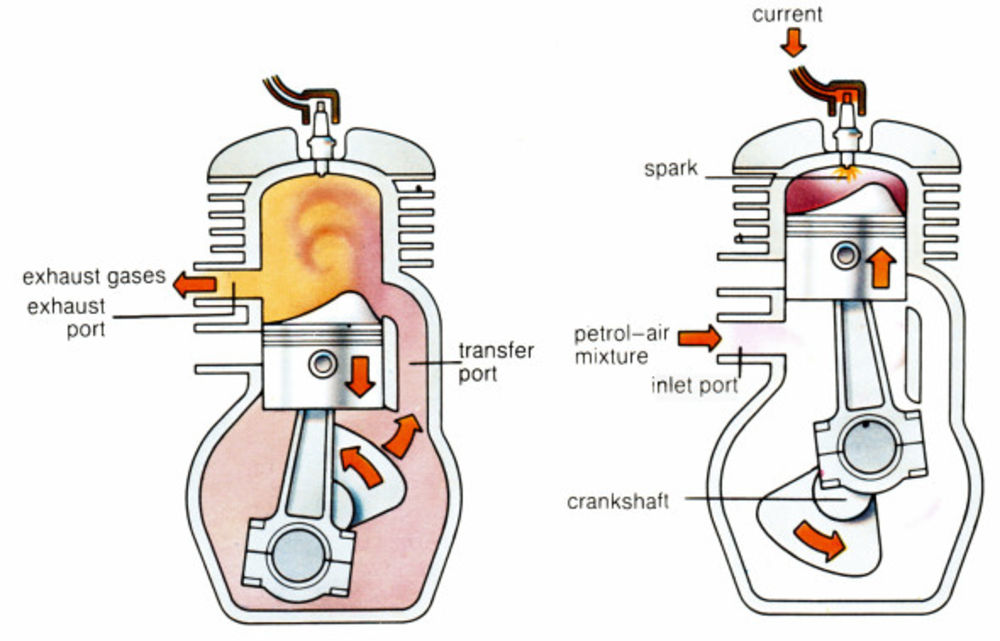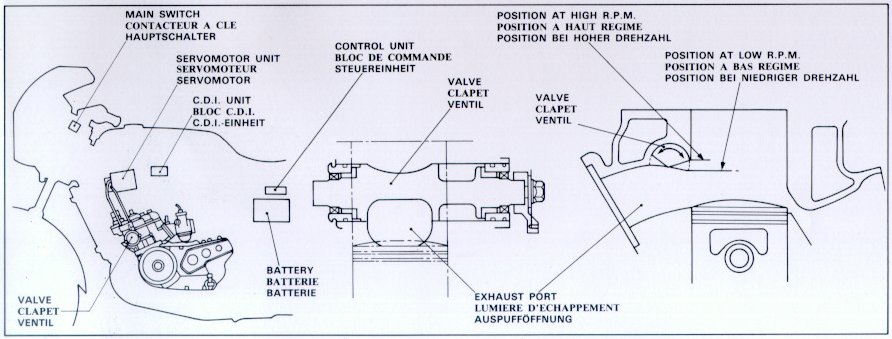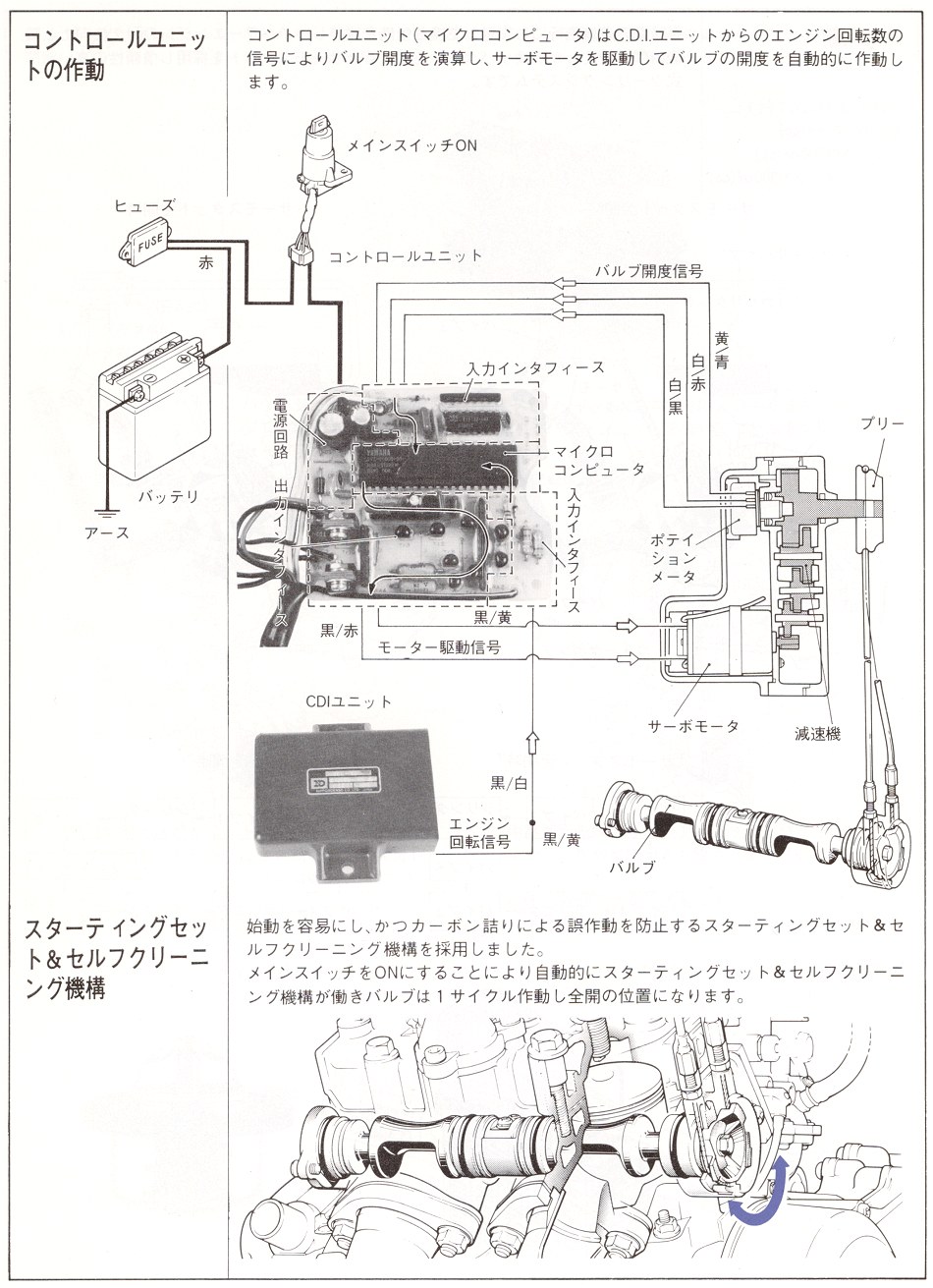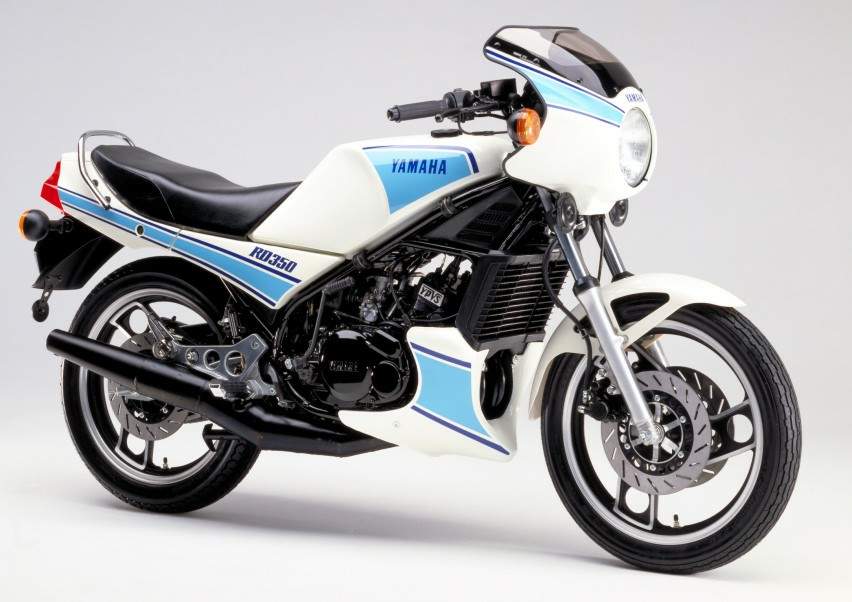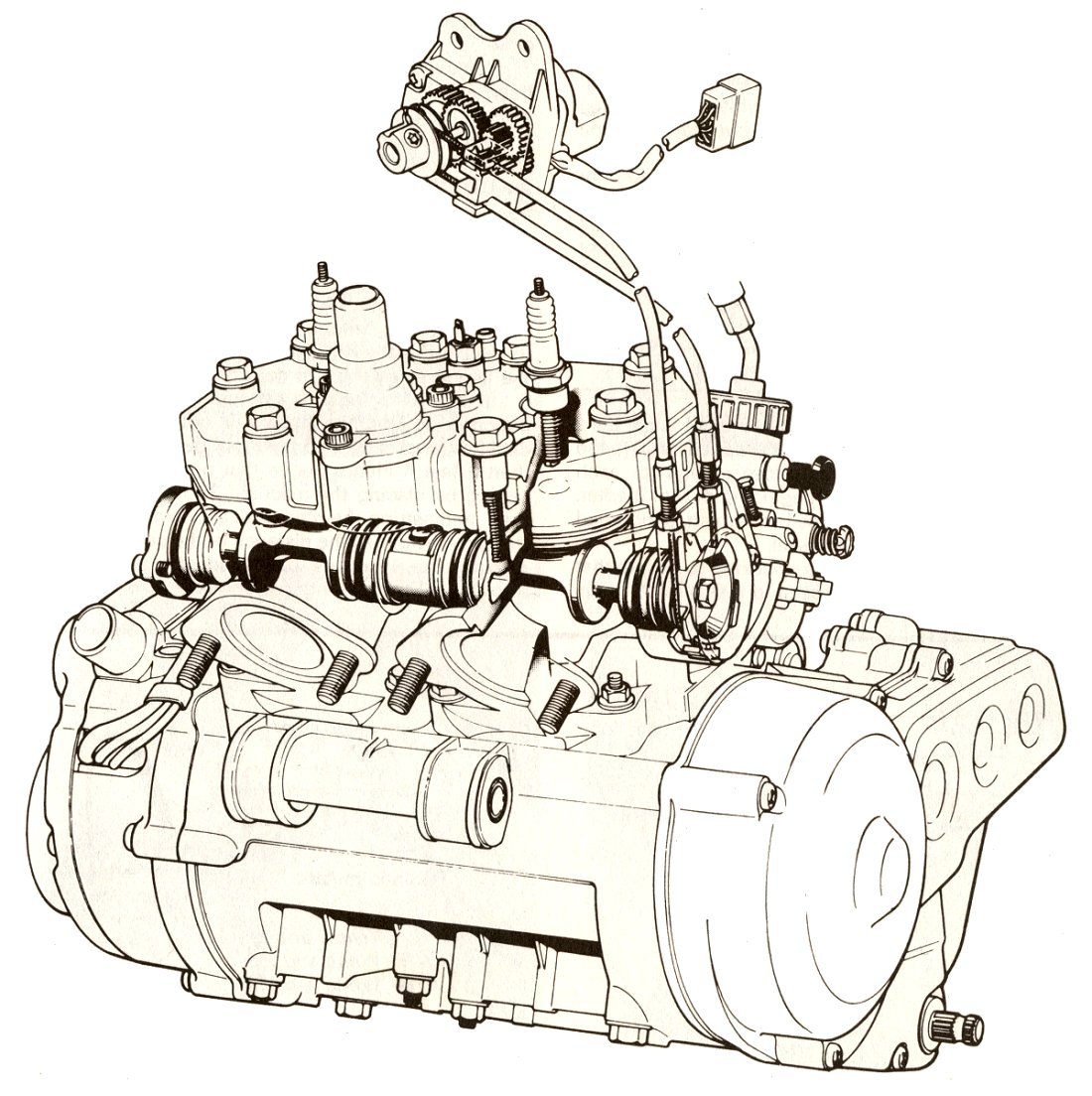-
The powervalve opened up a whole new performance envelope for two-strokes, especially the YPVS.
-
But what is a powervalve?
-
And no, the RX-Z isn’t equipped with one, despite being touted at RM 70,000.
We were having a chat in Facebook when the subject of the powervalve came up, centering on the YPVS (thanks Derick). It may be a thing of the past, since powervalves served the two-stroke bikes, but it’s never too late to learn, is it?
Besides, the powervalve evolved to be present in the current breed of four-stroke sportbikes, as well. We’ll get to this later.
What is a powervalve?
To understand what a powervalve is (more specifically, exhaust powervalve), and how it works, we have to have a firm grasp on the workings of a two-stroke engine. You can click here for the full article.
READ: How a Two-Stroke Engine Works
To recap quickly, a carbureted two-stroke engine uses its piston(s) to cover and uncover ports in the cylinder to induct and transfer fresh charge (fuel, 2T oil and air mixture) and exhaust spent gases. However, since the fresh charge and exhaust gases are circulating within the same cylinder, some of it will mix, resulting in loss of power. Besides that, some fresh charge will get pulled out of the combustion chamber, into the exhaust pipe, and ultimately in the environment. This was why two-strokes were banned.
Also, the exhaust port is left wide open, meaning there’s no positive exhaust wave. Manufacturers/tuners overcame this by designing the right kind of exhaust expansion chamber to reflect some of the positive wave back to the exhaust port, in order to stuff some of the fresh charge back in.
But, there’s only so much that could be done. Hence why early two-strokes were peaky and needed to be revved to the stratosphere for any decent acceleration and power. What’s more, the powerband was as thin as a biscuit. You’d be lucky if you’d get 2,000 useful RPMs.
Enter the powervalve
It was Yamaha engineers who discovered that altering the exhaust port’s dimensions resulted in different power delivery throughout the rev range. The more the port was covered, the more low-down torque could be obtained. Partial coverage yielded mid-range torque, while the previous fully-uncovered port provided top-end power.
Awesome idea. Unfortunately, you can have only one but not the others. What do you do? The engineers devised an adjustable system.
They produced a slightly oval shaft which ran across the exhaust port. Controlled by the CDI (capacitor discharge ignition) unit and other sensors, this shaft, now called “powervalve” altered the dimensions of the port. It was actuated by a cable and pulley system, powered by a servomotor.
At low RPMs, the shaft closed over the port (with a small aperture being open to let exhaust gases through). When the CDI read 3,000 RPM, it sent power to the servomotor which pulled the pulley, thereby opening up the valve a little more. 3,000 to 6,000 RPM saw a larger opening, and then opening fully above 6,000 RPM. This was why two-strokes equipped with powervalves blasted off above 6,000 along with a change of exhaust note.
Yamaha called this system the Yamaha Powevalve System or YPVS in short. Its first production use was in the 1983 RD/RZ350 LC (or LC2 as it’s more popularly known).
The results were telling. The 1980 RD/RZ350 LC produced 47 hp at 8500 RPM and 40.2 Nm of torque at 8000 RPM. (Notice that there’s only 500 RPM spread between maximum torque and maximum horsepower – that’s the sign of a peaky engine.) The 1983 RD/RZ350 LC YPVS, on the other hand, produced 58 hp at 9000 RPM and 40.2 Nm of torque at 8000 RPM.
Still peaky, but what the spec sheet didn’t show was the much better low-end and midrange torque and tractability.
Yamaha had actually begun using the YPVS since 1977 in their race bikes with great results, thereby cementing their name in the history books. The YPVS gave Yamaha bikes so a great an edge that they refused to let go of two-strokes for so long.
Also note that YPVS is only available in liquid-cooled two-stroke Yamahas. So, no, the RX-Z isn’t equipped with the system despite being touted at RM 70,000.
What’s next?
Other manufacturers also began equipping their engines with powervalves of their own designs, since they had to circumvent Yamaha’s patents. We’ll cover this topic in the next part.


